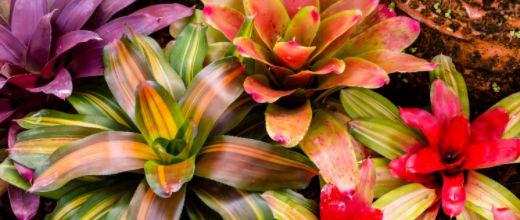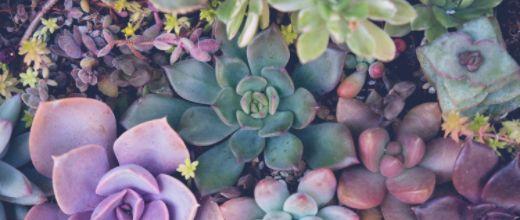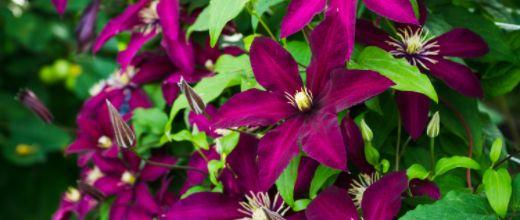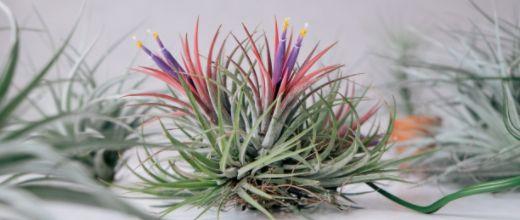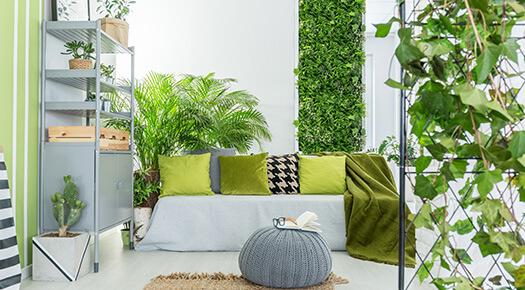Think of all the components any project manager needs to consider for their team to achieve the best results. Gardening - vertical or not, is no different than good project managing. Plants play a crucial role in gardening, but you will need to consider more elements and other factors to achieve perfection.
Conditions
Consider the growing conditions – most importantly, take into account the positioning of the wall. Observe if it is going to be mostly in the shade or it will get plenty of sunlight throughout the day. For instance, if you choose a north-facing area, you will need a different set of plants to a south-facing wall with hours of direct sunlight. For example, sun-loving plants should be grown in a north-south direction, so one side gets sun from the East and the other – from the West. In general, the rule of thumb is to figure out the right orientation for your plants.
You’ll also need to ensure good drainage for your vertical green wall and give your trailing plants the right nutrition, so they can thrive.
Creativity
Creativity is a must to get the most out of your living wall by using well the available resources. One excellent habit of any aspiring or seasoned gardener would be to always carry a container when walking in nature. Hilly landscapes offer great biodiversity and inspiration, so you can always add to your wall some pretty wild species.
Aesthetics
Taste is a personal matter, but it's essential to implement some sort of symmetry when it comes to vertical gardening. You can experiment with growing various flowering plants, combine different-sized leafy plants, or even add lights that will enhance your garden’s magical appearance.
Biodiversity
By introducing vertical gardening in your green space, you will naturally promote the so needed biodiversity in our overbuilt urban environment, that’s for sure. After all, it is our mission to play the part in preserving nature at large. As we’ve mentioned above, your outdoor vertical garden will look even more complete if you add wildflowers that will offer natural habitat to bees, insects and butterflies.

